Your cart is currently empty!

The Calling of Saint Matthew – Caravaggio
This oil painting reproduction of “The Calling of Saint Matthew” by Caravaggio is a masterpiece that exudes elegance and sophistication. Crafted with the highest quality materials and meticulous attention to detail, this reproduction captures the essence of the original artwork with stunning accuracy.
Using a combination of traditional techniques and modern technology, our skilled artisans h…
The Calling of Saint Matthew: Caravaggio’s Masterpiece of Spiritual Transformation
Introduction
Caravaggio’s The Calling of Saint Matthew is one of the most iconic works of the Baroque era, illustrating the moment when Jesus calls Matthew, the tax collector, to follow him and become one of his disciples. Painted between 1599 and 1600, this powerful masterpiece is housed in the Contarelli Chapel of San Luigi dei Francesi in Rome. The artwork captures a moment of spiritual awakening and divine grace, themes that resonated deeply with Baroque artists and audiences who were fascinated by the depiction of inner transformation. Through its stunning realism, dramatic lighting, and profound symbolism, the painting continues to captivate viewers and scholars centuries later.
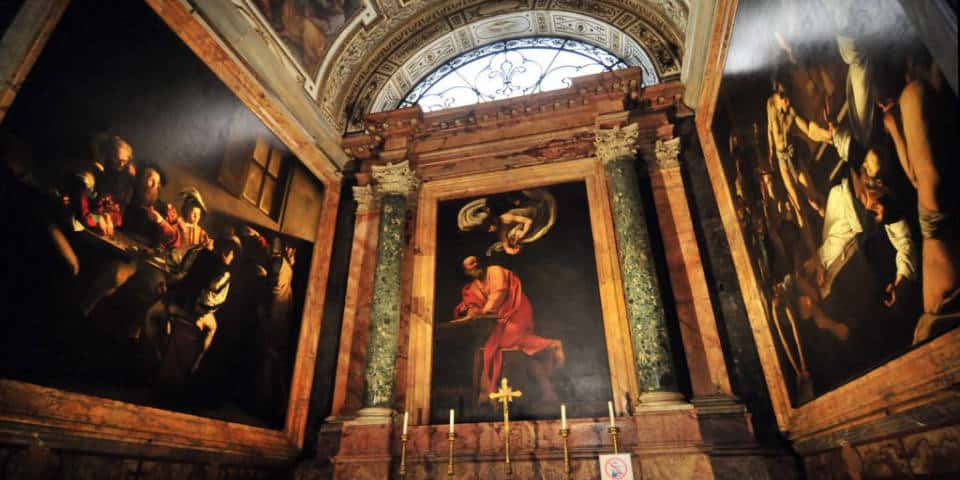
Spiritual Awakening and Conversion
At its core, The Calling of Saint Matthew tells the story of spiritual awakening and conversion. The painting portrays the pivotal moment described in the Gospel of Matthew (9:9): “Jesus saw a man named Matthew at his seat in the custom house, and said to him, ‘Follow me,’ and Matthew rose and followed Him.” Caravaggio brings this moment to life by capturing the raw humanity of the figures involved. The contrast between Matthew’s life as a tax collector and his spiritual transformation serves as a metaphor for redemption and the power of divine grace.
For Baroque audiences, this theme of conversion was deeply resonant, as it reflected the broader Counter-Reformation efforts to reinvigorate the Catholic faith. Caravaggio’s depiction of Saint Matthew’s calling spoke to the universal theme of personal transformation and the potential for grace to reach even those seemingly entrenched in sin or worldly concerns. The painting highlights the tension between the secular and the sacred, with Matthew caught between two worlds.
Divine Grace and Human Choice
One of the most compelling aspects of The Calling of Saint Matthew is its exploration of the interplay between divine grace and human choice. Jesus, standing on the far right of the painting, extends his hand in a gesture of invitation. His gesture is both subtle and commanding, suggesting that while divine intervention is offered, the response ultimately lies with the individual.
Matthew’s reaction is a central focus of the painting. Seated with a group of tax collectors at a table, Matthew appears startled, pointing to himself as if to say, “Me?” This moment of hesitation and self-doubt underscores the weight of the choice before him. Will he accept the call and follow Christ, or will he remain in the comfort of his current life? Caravaggio’s composition masterfully captures this moment of decision, inviting viewers to reflect on the nature of free will and the human response to divine grace.
Realism and Drama
Caravaggio is renowned for his revolutionary use of realism and drama, and The Calling of Saint Matthew is a prime example of his mastery. The painting is characterized by his use of chiaroscuro, a technique that employs stark contrasts between light and dark to create a sense of depth and drama. The beam of light that cuts across the painting seems to emanate from Christ himself, illuminating Matthew and his companions while leaving the rest of the scene in shadow. This dramatic lighting not only heightens the emotional intensity of the moment but also serves as a metaphor for the spiritual light that Christ brings into Matthew’s life.
Caravaggio’s commitment to realism is evident in the lifelike details of the figures. The people at the table are dressed in contemporary clothing, making the biblical scene feel immediate and relevant to Caravaggio’s audience. This directness and relatability were a departure from the more idealized figures of the Mannerist style, which had previously dominated the art world. By portraying his subjects as ordinary people, Caravaggio invited viewers to see themselves in the narrative, making the spiritual message of the painting all the more powerful.
Important Facts and Historical Context
Commission and Patronage
The Calling of Saint Matthew was part of a significant commission for the Contarelli Chapel, which included two other paintings by Caravaggio: The Martyrdom of Saint Matthew and The Inspiration of Saint Matthew. Cardinal Matthieu Cointerel, who had commissioned the chapel’s decoration, requested a series of paintings depicting the life of Saint Matthew. After Cointerel’s death, Caravaggio’s patron, Cardinal Francesco Del Monte, played a crucial role in securing the commission for the young artist. This series became one of Caravaggio’s most important works, cementing his reputation as a master of religious art.
Identity of Matthew
One of the most intriguing aspects of The Calling of Saint Matthew is the ambiguity surrounding the identity of the titular saint. In the painting, a bearded man at the table points to himself, seemingly identifying himself as Matthew. However, some scholars suggest that the bearded man is pointing to a younger figure slumped over the table, creating intentional ambiguity. This uncertainty adds to the painting’s depth, allowing viewers to engage in their own interpretations of the scene.
Identity of Christ
Another layer of symbolism in the painting is found in Christ’s hand gesture, which mirrors the gesture of God in Michelangelo’s The Creation of Adam on the ceiling of the Sistine Chapel. However, while God in Michelangelo’s fresco reaches out to give life to Adam, Christ in Caravaggio’s painting extends his hand to bestow spiritual life upon Matthew. Some scholars have interpreted this as a representation of Christ as the “Last Adam” or “Second Adam,” drawing a theological connection between the two works.
Responses and Influence
The Calling of Saint Matthew has left a profound impact on viewers and artists alike since its creation. Pope Francis has spoken of the powerful effect the painting had on him in his youth, famously stating, “This is me, a sinner on whom the Lord has turned his gaze.” The painting’s clear legibility and emotional accessibility made it immensely popular in Caravaggio’s time, and it continues to resonate with audiences today.
Caravaggio’s influence can be seen in the works of countless artists who followed him, particularly in the Baroque period. His use of dramatic lighting, realistic figures, and emotional intensity set a new standard for religious art, inspiring artists across Europe to adopt a more direct and relatable approach to their work.
Further Points
While The Calling of Saint Matthew stands on its own as a masterpiece, it is part of a larger narrative when considered alongside The Martyrdom of Saint Matthew and The Inspiration of Saint Matthew. These three works together provide a more comprehensive understanding of Caravaggio’s vision of Saint Matthew’s life, from his calling to his ultimate martyrdom. The series reflects Caravaggio’s ability to convey complex theological ideas through powerful visual storytelling.
Conclusion
The Calling of Saint Matthew remains one of Caravaggio’s most celebrated works, a testament to his genius in fusing religious narrative with relatable humanity. The painting’s exploration of spiritual transformation, divine grace, and human choice continues to resonate with viewers centuries later, making it an enduring masterpiece in the history of art. Through his innovative use of realism and dramatic lighting, Caravaggio created a work that is both visually striking and emotionally profound, offering a timeless reflection on the power of faith and redemption.
Caravaggio
Caravaggio was an Italian Baroque master renowned for his revolutionary use of dramatic lighting, realism, and emotional intensity, which brought biblical and mythological scenes to life with an unprecedented sense of immediacy and humanity.
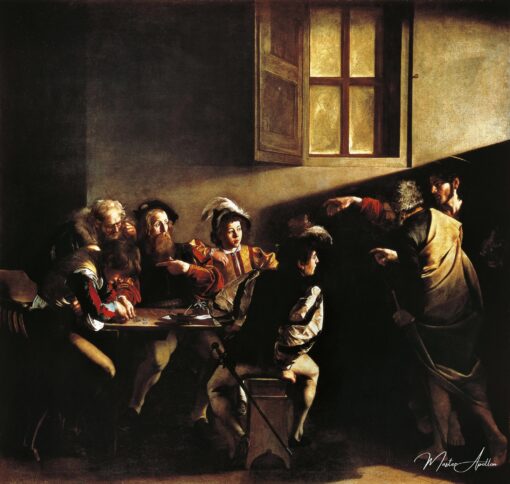
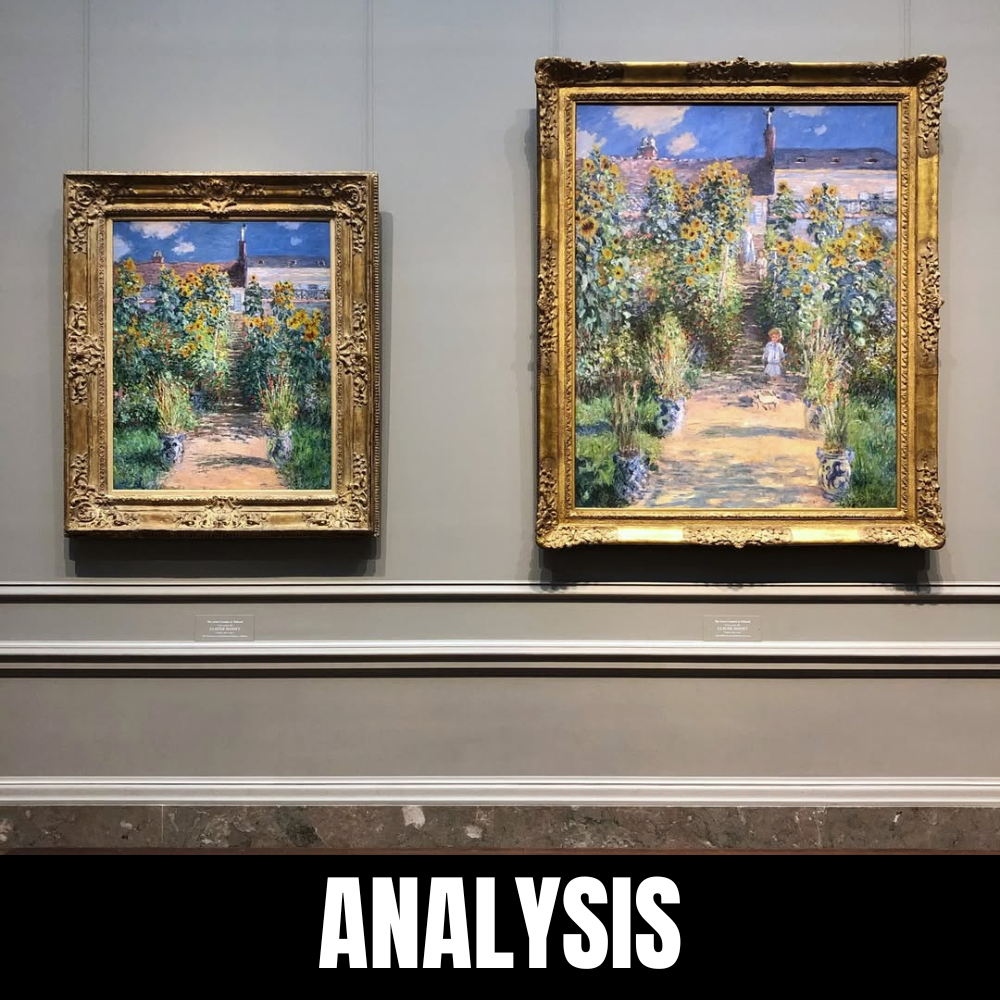
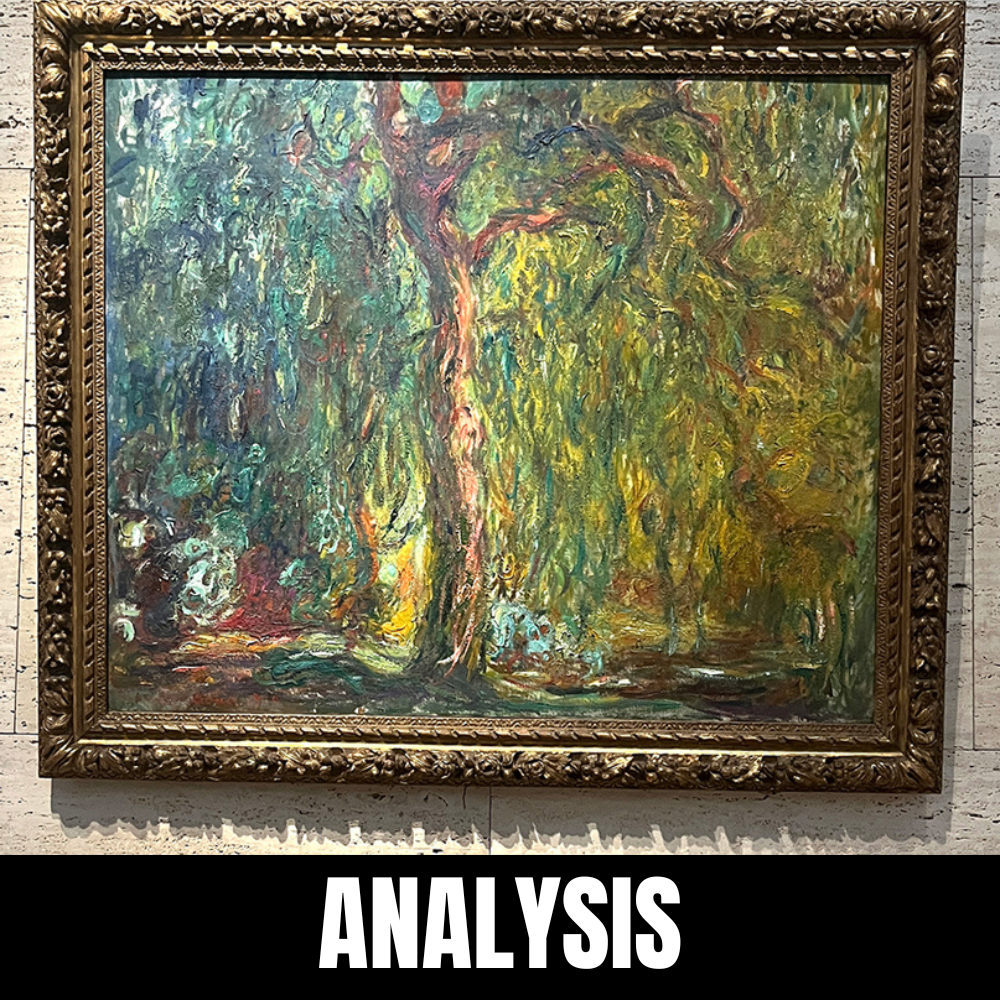
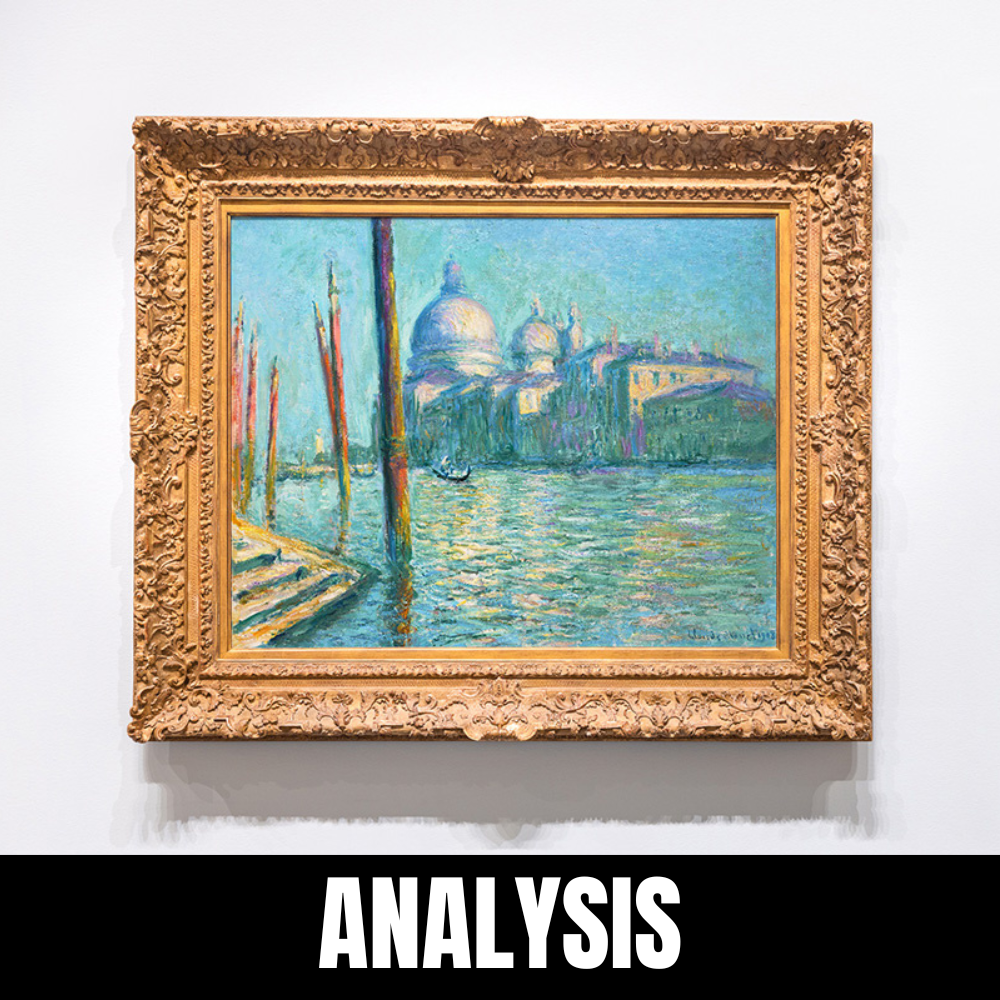
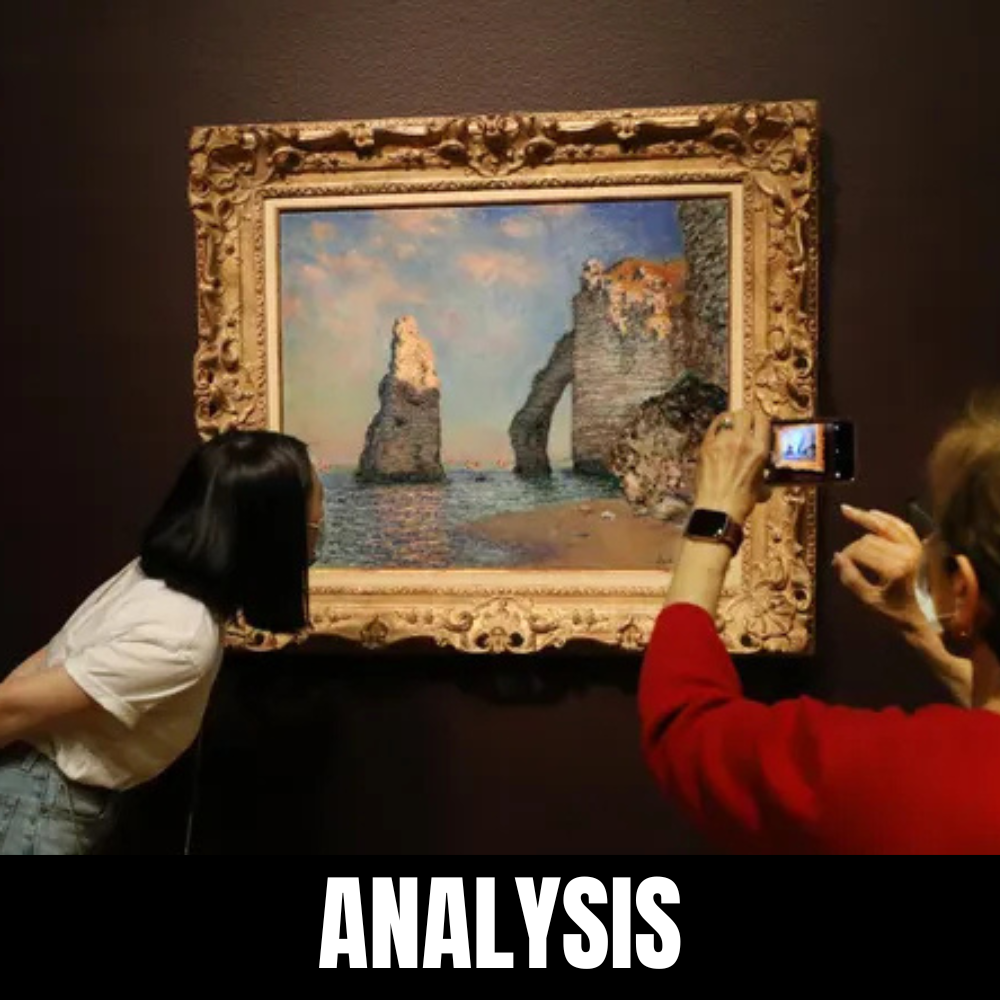
Leave a Reply